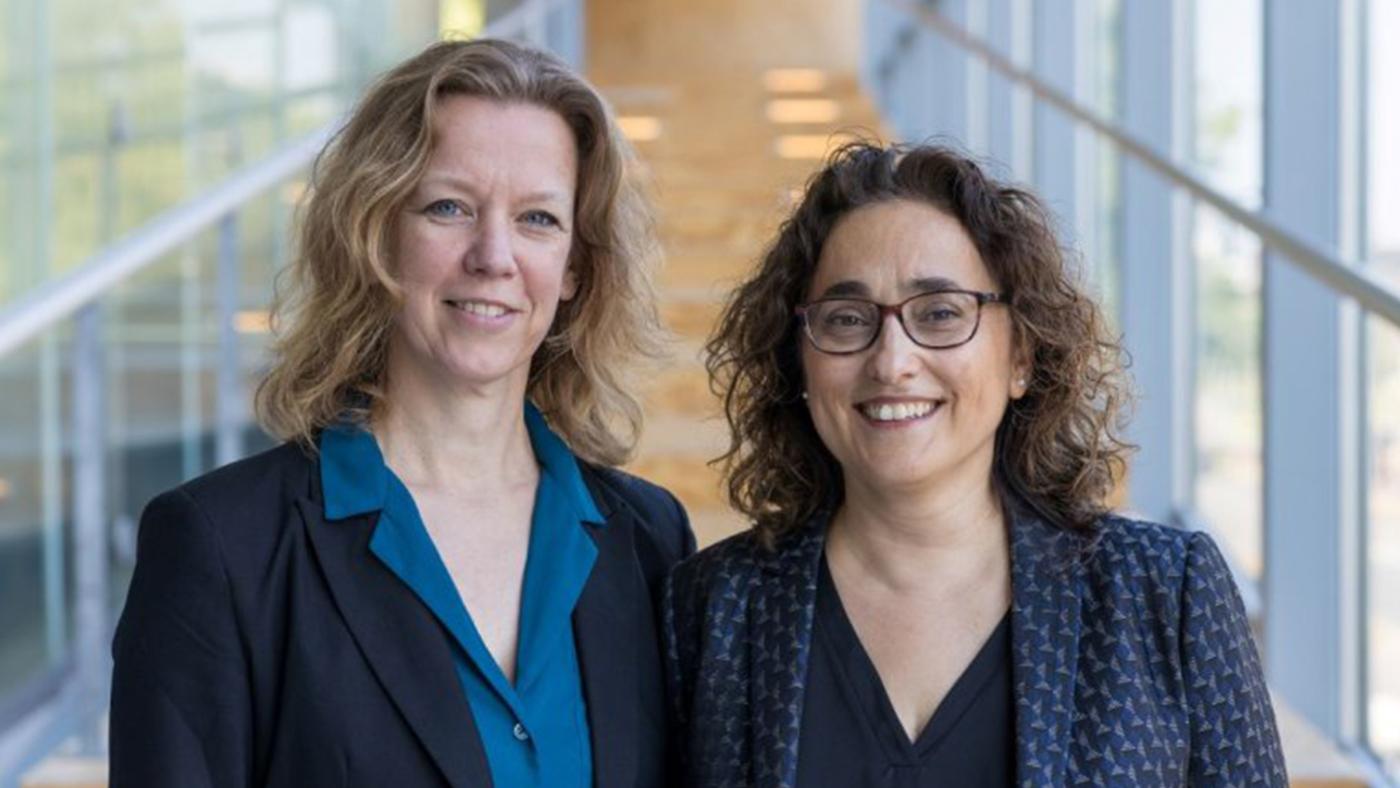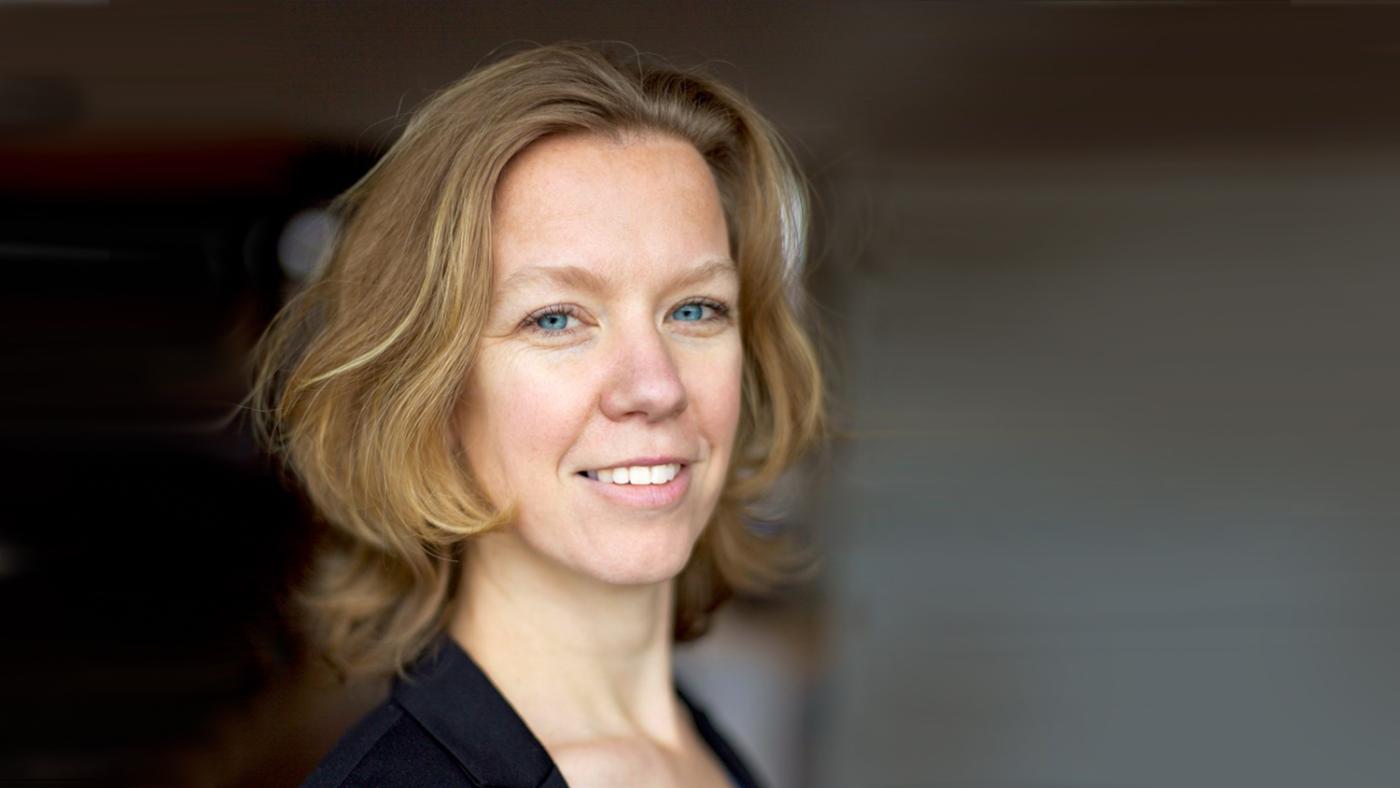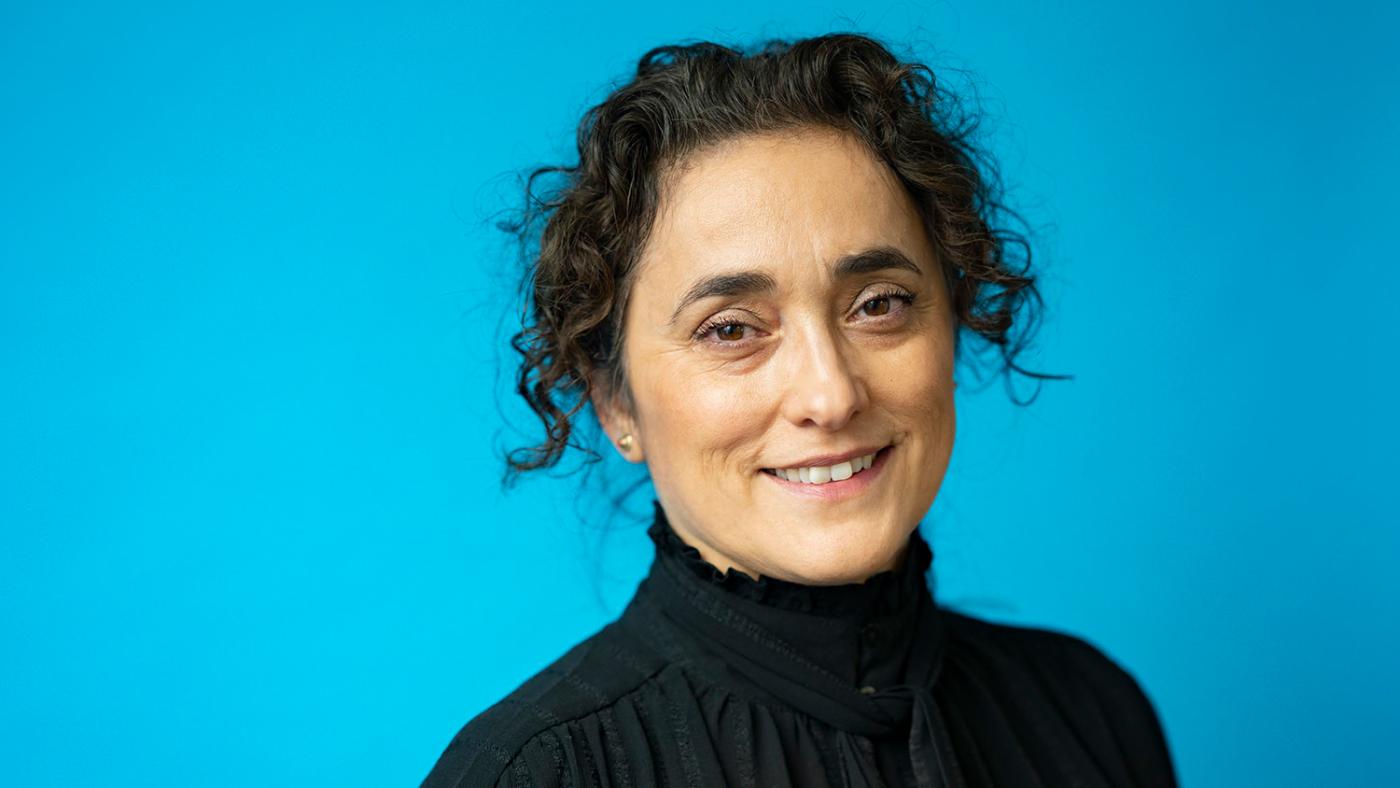Leoniek Wijngaards-de Meij and Gönül Dilaver, winners of the most substantial grant in education
‘Let's make thorny subjects discussable in our lectures through art and games’

In theory, a university should be a place where everything can be discussed and thorny subjects are not avoided. In practice, however, lecturers and students do end up avoiding certain topics because tempers tend to run high in the lecture hall. That's according to Leoniek Wijngaards-de Meij, Professor of Social and Behavioural Sciences, and Gönül Dilaver, Associate Professor of Biomedical Sciences. “It’s important that students learn to establish a dialogue about thorny subjects and take different perspectives into consideration without immediately getting bogged down in a disagreement or killing the conversation,” says Wijngaards-de Meij.
Politically charged
As an example, Wijngaards-de Meij mentions societal discussions about Zwarte Piet, the companion of Saint Nicholas in Dutch folklore. “Students have indicated that they prefer not to talk about it because it makes them uncomfortable. According to them, such a topic does not belong in a lecture hall. That is the question, though. Such issues can be relevant as part of discussions about social developments or human rights."
“I also know of an example where, during an exercise in debating, students were asked to take different positions about segregated schools. Some students did not want to advocate for the 'in favour' side because they saw the subject as politically charged. They did not want to argue in favour of something they did not agree with, even though it should be possible to discuss the topic from an educational, scientific perspective. This reluctance on the part of students makes the discussion of such topics more complicated not only for them but also for lecturers.”
Diverse perspectives
The commotion around sensitive topics may differ depending on the study programme and the faculty. Wijngaards-de Meij and Dilaver share that the discussions in the lecture hall were not the only reason for writing their innovative proposal. “Students from programmes where these debates are less of an issue must also learn that they will soon be confronted with perspectives that are different from their own,” Dilaver explains.
“Take education in my field, for example. We shouldn't only talk about molecular mechanisms but also prepare students for the role of the biomedical scientist as a professional in society. Which partners will we collaborate with? With whom will we be partnering up for research and development, such as vaccines? We can learn from other perspectives so that we can connect with society. We value the fact that we are allowed to question everything at the university. If you’re at a university, you have to be open to that. I think that’s the core of good science. As a scientist, you will have to take into account the fact that something you develop may not immediately be embraced by everyone in society. You have to be able to deal with that.”

Leoniek Wijngaards-de Meij. Photo: Utrecht University
A piece of yourself
Wijngaards-de Meij and Dilaver came up with a plan to use art and games to foster an open mind in higher education institutions. This plan earned them the Comenius Leadership Fellow – an equivalent of the Vici grant for educational activities – which is worth half a million euros. Their goal is to teach students how to engage in dialogues, in an accessible way. They hope that the use of art and games will help students to consider different perspectives and reflect on their own.
“We don’t want to teach them how to debate or convince someone else but rather teach them how to talk to each other,” says Dilaver. “The idea is to make things playful. Inducing an ‘oh’ and ‘ah’ feeling. I've noticed that art is a very good conversation starter, also in my personal life. Take a painting with a blue square, for example. You could either think ‘How stupid, anyone could paint that’ or ‘How beautiful’. But why do you think it’s stupid or beautiful? Simply by asking that question, you can see how everyone looks at things differently. The same goes for games. If you want to understand students, you have to speak their language, and the reality is that a great deal of their world is digital.”
It is not their intention that students will judge each other’s interpretations. “What matters is that they realise that every person puts a piece of themselves in their interpretations,” explains Wijngaards-de Meij. “That could be their family history, their regional origins or their knowledge of the field. A good example that someone from our team came up with was a work of art depicting a tree that was used to hang people during the slavery period in America. If you don’t know that, your interpretation of that piece of art will be quite different from the one of people who do have that knowledge. We want to give students the skills to establish a dialogue, instead of having them oppose each other. This will also help them to better carry out their profession in the future.”

Gönül Dilaver. Photo: Ivar Pel
Teamwork
Six work packages have now been drawn up and are being carried out by an interdisciplinary team. “We organise brainstorming sessions regularly, where we look at possibilities together. Three work packages focus on teaching methods for applying art and games in the classroom and the remaining three are designed to focus on teacher professionalisation, connection with the academic community, and research into new forms of education. It is a three-year project. We hope that the first three work packages will have been developed within the next year and a half,” details Dilaver.
The two lectures have ensured that their plan takes a multitude of perspectives into account by attracting people from the faculties of Medicine, Science, Social Sciences, and Humanities, as well as involving social partners, students, and the University Museum. “Every time we have a meeting, we see how positive it is to have such a diverse group of people,” says Wijngaards-de Meij. “We also work well as a duo. We were convinced that we could create a better project together, which is why we applied for the grant together, even though it was an individual prize. The fact that we have been awarded it after all illustrates the importance of teamwork and cooperation, and that this importance is recognised by others even in academia, which often emphasises individual performance.”
Dilaver agrees. “Besides, educational innovation and its scientific evaluation are just as valuable as other types of academic research. I hope to be an inspiration in that sense as well. Yes, it takes time to get started with such a project, but we’re going to make time for it. We feel privileged to be able and allowed to do this. Our jobs are fantastic, but this is the icing on the cake.”